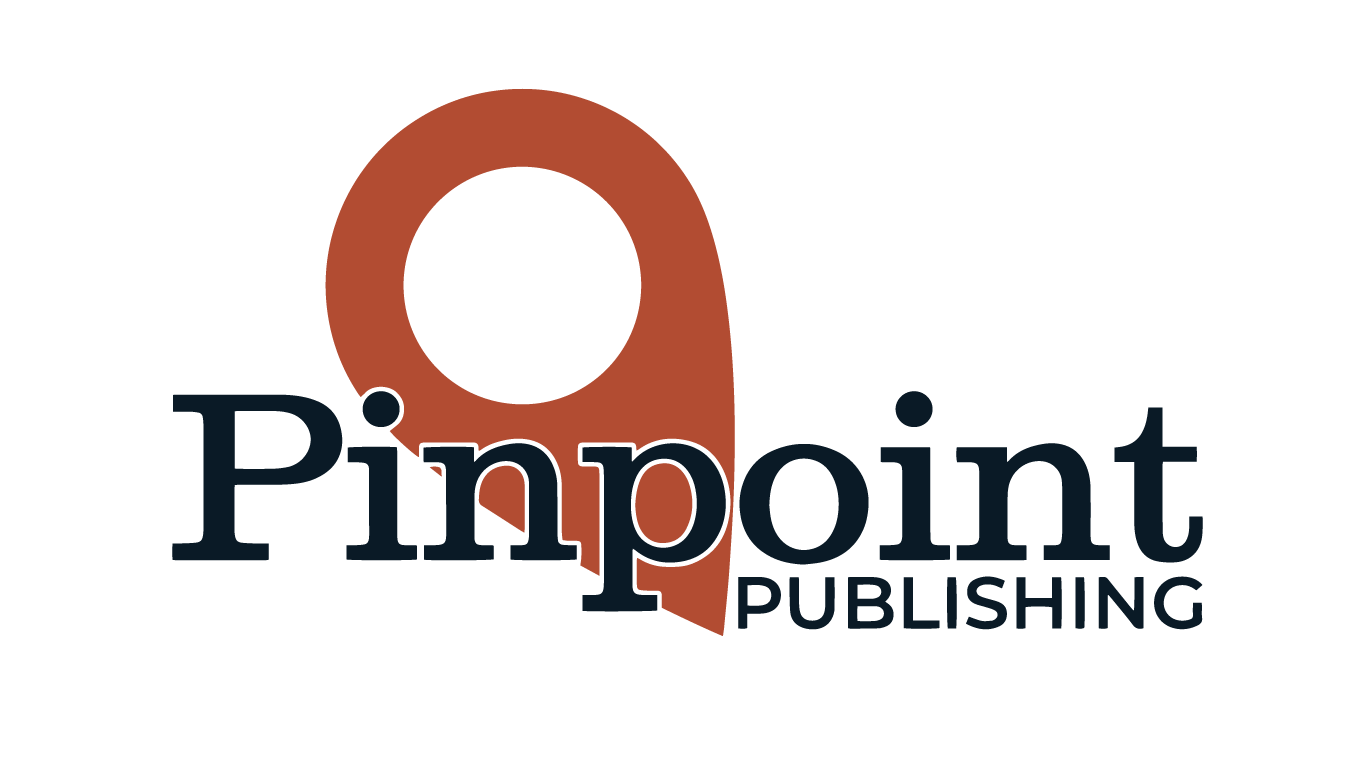When self-publishing a book, most authors focus on writing, editing, and cover design, but one huge step often gets overlooked.
Typesetting.
Typesetting is the process of formatting the text and layout of a book to make it visually appealing, readable, and polished. It might seem like a small detail, but it can be the difference between a book that looks self-published and one that holds its own next to traditionally published titles.
If you want your book to feel professional and keep readers engaged, here’s why typesetting matters.
First Impressions Matter
They say you can’t judge a book by it’s cover, but no one says that about typesetting. That is because the second a reader opens your book, they make a judgment about its quality, whether it’s intentional or subconscious. If the text is too cramped, misaligned, or inconsistent, it immediately signals an amateur production, and even if a reader can’t tell that, they can feel that something isn’t quite right. Poor formatting can frustrate readers before they even get past the first page.
On the other hand, a well-typeset book looks polished and professional. The layout feels intentional, the spacing allows for easy reading, and the overall presentation builds trust with the reader. If a book looks high-quality, people are more likely to take it seriously.
Readability Affects Sales and Reviews
A book isn’t just meant to be looked at, it’s meant to be read. If the text is hard to follow, people will have a hard time reading it, no matter how great the content is.
Good typesetting ensures a smooth reading experience. Proper spacing, clean margins, and clear paragraph breaks keep the reader’s eyes moving naturally across the page. Thoughtful font choices and formatting decisions make a book easy to digest. If the reading experience feels effortless, the reader stays engaged. If it feels clunky, they might not finish, and worse, they might leave a bad review.
DIY Formatting Often Falls Short
Many self-published authors try to format their books themselves, often using word processors that aren’t built for professional typesetting. While that might work for drafting, it rarely holds up in a finished book.
Common mistakes include inconsistent font sizes, awkward spacing, uneven margins, and poor hyphenation. A paragraph might start at the bottom of one page and leave a single word stranded at the top of the next. Small issues like these can make a book feel unbalanced and distracting.
A professional typesetter uses tools like Adobe InDesign to create a layout that looks clean and intentional. They know how to avoid common pitfalls and make sure every page is formatted to industry standards.
Remember, just having the right tools isn’t always enough. It’s important to consider experience, knowledge and professionalism.
Print and Digital Formatting Are Not the Same
Self-published authors often don’t realize that formatting a book for print is completely different from formatting it for eBooks. A print book has set page sizes, specific margins, and a fixed layout. An eBook needs to be flexible, adjusting to different screen sizes and allowing for reader preferences.
If a book isn’t formatted correctly for its intended platform, it can be rejected by distributors like Amazon KDP and IngramSpark. Even if it gets approved, poor formatting can lead to a frustrating reading experience, which increases refund requests, negative reviews, and most importantly, the potential of the reader buying more of your books.
Typesetting is an Investment in Your Brand
Publishing a book isn’t just about getting words on a page. It’s about creating a product that reflects the time, effort, and expertise that went into writing it. Readers recognize quality. A professionally formatted book builds credibility, increases reader trust, and helps establish you as an author worth following.
A well-designed book has a better chance of getting stocked in bookstores, recommended by readers, and taken seriously by reviewers. A poorly formatted book does the opposite.
Your Book Deserves to Look as Good as it Reads
If you’ve spent months or even years writing your book, don’t let bad formatting be the reason people stop reading. Professional typesetting ensures your book is polished, easy to read, and presented in the best possible way.
At Pinpoint Publishing, we specialize in formatting for both print and digital editions, making sure your book meets industry standards and is ready for readers. If you’re ready to take your book to the next level, let’s talk.
Let’s make sure your book looks as professional as the words inside it.






0 Comments